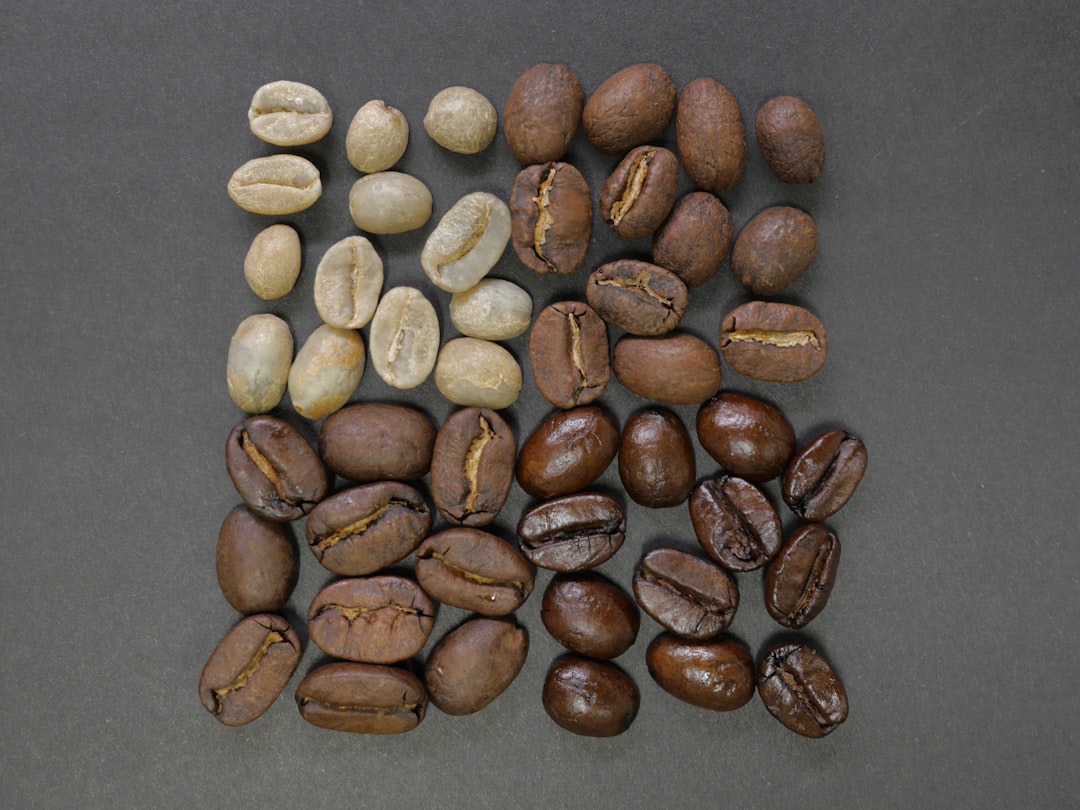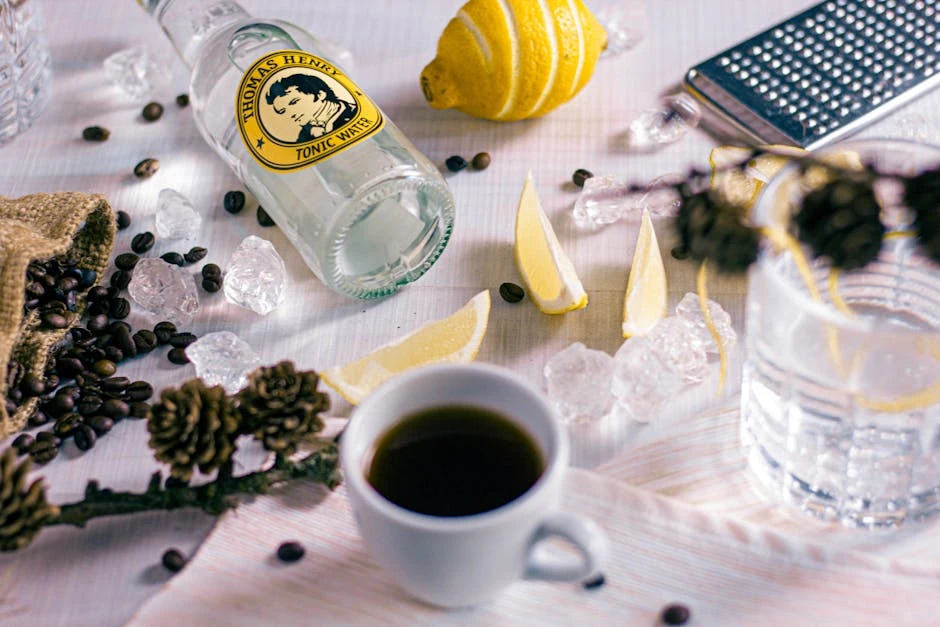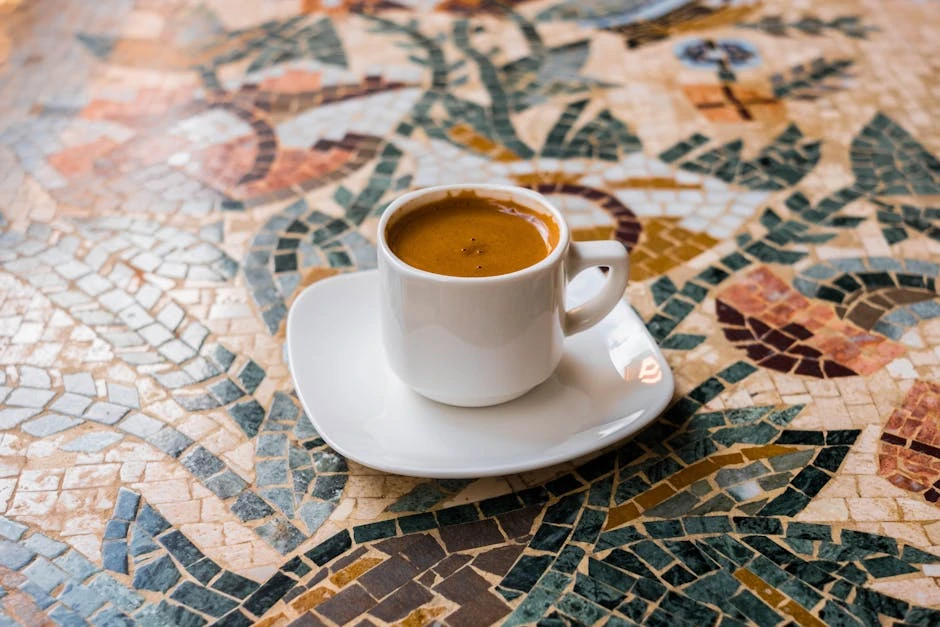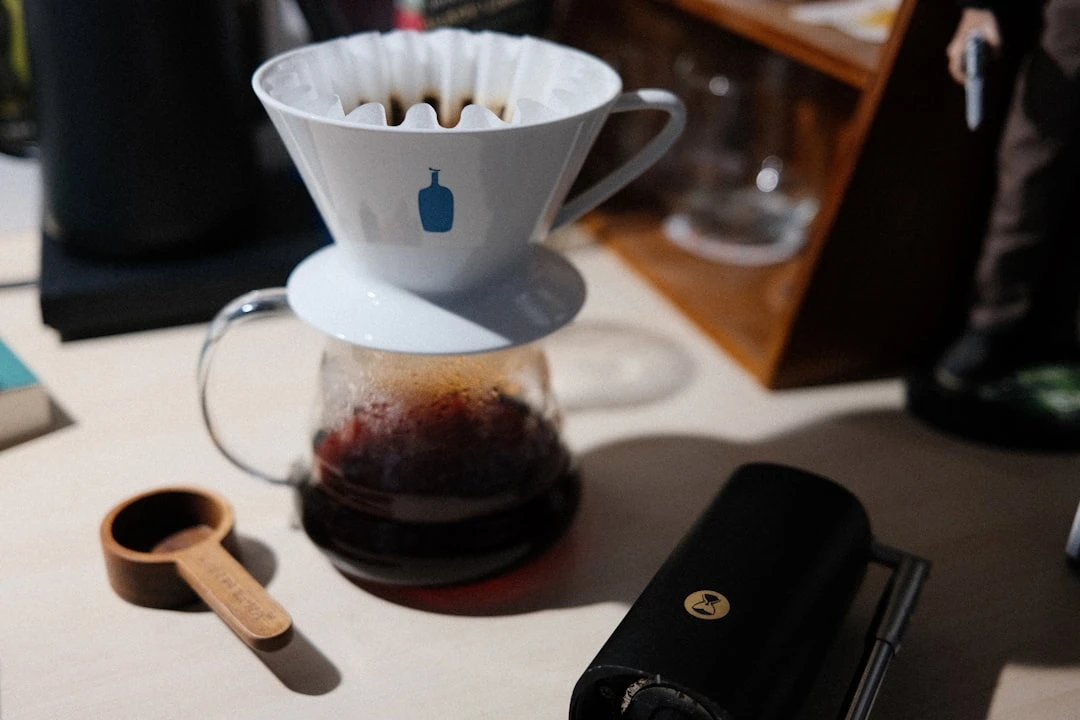Light Roast vs Dark Roast: Which Coffee Is Best for You?
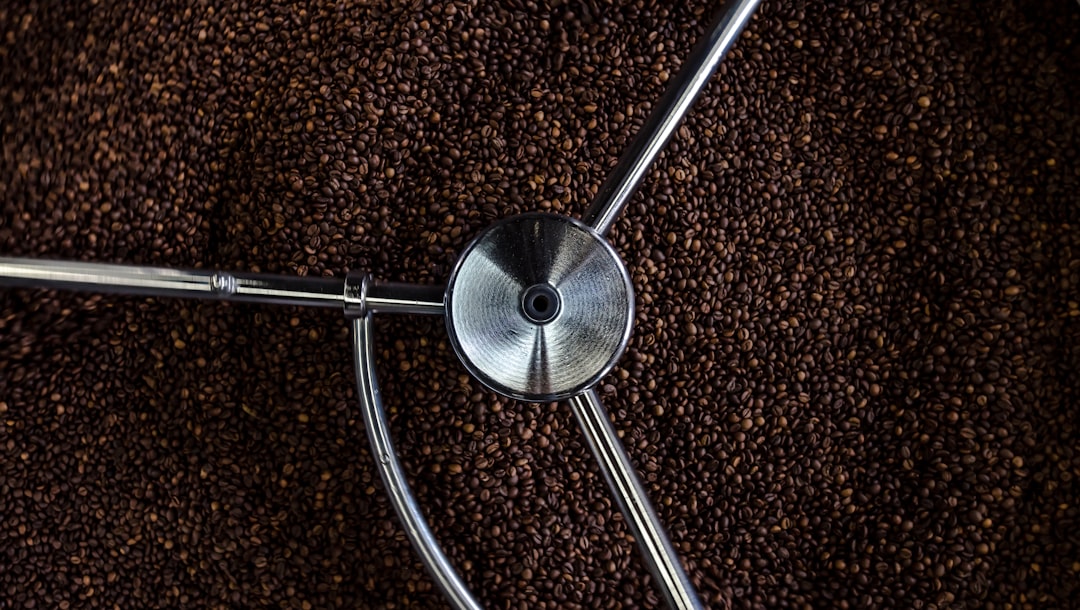
Coffee Roasts: Light vs. Dark
It's not just about the color—it's a whole experience. These roasts bring different flavors, scents, and even caffeine kicks to the table. Once you know which one clicks, you'll never go back to a forgettable cup.
Light roast
This one's the wild child of coffee. It leaves the roaster early, staying bright and full of energy. Picture tart citrus, soft floral hints, maybe even a berry-like sweetness—like the bean's adventures are still fresh in its memory. And yes, it packs a little more caffeine, so if you're after focus (and a jolt), this is your go-to wake-up call.
Dark roast
That's the intense, soulful counterpart. It lingers in the roaster longer, turning deep and glossy—think charred edges and a sheen of oils. You'll get bold, toasty flavors, maybe a punch of dark chocolate or smoky embers. Here's the twist: all that roasting actually dials back the caffeine a bit, even though it tastes like it could power a freight train. If you want coffee that wraps around your senses like a thick, cozy blanket, this is it.
In the end? Your cup, your call. Light roast for savoring the little details, dark for when you need coffee that feels like a declaration. Either way, you're picking with confidence now.
What Defines a Light Roast?
Imagine this: a cup of coffee the color of pale honey, with a bright, tangy kick and flavors so delicate they almost whisper—like a really good tea. That’s light roast in a nutshell. It barely gets any time with the roaster, just enough to hit 356°F to 401°F (180°C–205°C), stopping right after the beans let out their first quiet pop (yep, that’s the "first crack").
Because they’re spared the heat, these beans keep their raw charm—maybe a hint of jasmine, a spark of lemon, or even something sweet like wild berries. And that sharpness? It doesn’t hold back. That’s what wakes you up, shakes you up, makes the whole thing feel alive.
Here’s something you might not know: light roasts pack more caffeine than the dark ones. The longer beans roast, the more caffeine fades away. These little guys stay bold. They also hold onto more of those chlorogenic acids, which might just be doing your body a favor.
No glossy, oily sheen here—light roasts stay dry and rough, their tiny cracks still tight. That means you can go a bit finer with the grind, perfect for things like pour-over, Aeropress, or drip, where every little flavor gets its moment.
You might hear them called "Cinnamon," "New England," or "Half City," but roasters love coming up with new names. What stays the same? That crisp, almost electric taste, best when you really want to taste the coffee—where it’s from, what it is.
Light roast is for the tinkerers, the ones who want their cup to buzz with energy and story. If you care about the journey from soil to sip, this is where you start.
What Defines a Dark Roast?
Dark roast coffee is the bold, smoky heavyweight of the coffee world—deep brown, almost black, thanks to beans roasted longer and hotter. They hit that "second crack" around 465°F (240°C), softening the acidity while bringing out rich, chocolatey notes—sometimes with a hint of bitterness. And yeah, you’ll see the beans get a little glossy as the oils rise to the surface.
Here’s a quirk: the extra roasting burns off a bit of caffeine, but not enough to dull the kick. The original flavors of the bean fade into the background, letting the roast itself take center stage. You’ll often find these labeled as French, Italian, or Espresso roast—perfect for pulling a strong shot or brewing up something thick in a French press.
The beans? Oilier, more brittle, which can make grinding them a bit of a chore. Some love that deep, full-bodied punch, while others find it just too much. But that’s exactly why it’s a favorite for European-style coffee or creamy drinks—it holds its own against milk and sugar.
So here’s the deal: dark roast means more roast, less acid, and a cup that doesn’t hold back. If you like your coffee with a serious edge, this is the one.
Key Differences Between Light and Dark Roast
Picking between light and dark roast isn’t some pretentious game—it’s about what makes your morning taste alive. Flavor, caffeine, the roast’s personality, even how it plays with your stomach… it all matters. Here’s the honest scoop to help you find your daily sidekick.
1. Looks & Roast Vibes
Light roasts? Barely tan. They duck out of the roaster early, keeping their roots intact—expect hints of citrus, maybe a floral nudge. Dark roasts? They stick around till the bitter end. The heat carves them into something deep, oily, like they’ve got stories to tell.
2. Flavor Face-Off
Light roast is all energy—sharp, maybe a little unpredictable, like biting into a sun-warmed peach. Dark roast? Think slow midnight jazz—smoky, smooth, with a bassline of bitter chocolate.
3. Caffeine Truths (Mostly Lies)
Surprise—light roasts pack a fraction more caffeine. But let’s be real, it’s not enough to turn you into a superhero. Just enough to nudge you awake.
4. Mouthfeel & Goodbyes
Light roast slips away fast—clean, bright, leaves you wanting another sip. Dark roast lingers like Sunday morning, all weight and warmth, the kind that stains your cup and your mood.
5. How to Brew ‘Em Right
Light roast’s subtle? Don’t drown it—pour-over’s your friend. Dark roast? Go bold. Crank up the espresso machine or let it steep slow in a French press. Let it be what it is.
In the end? Drink what you love. Chase the bright spark or sink into the shadows. Coffee’s got your back either way.
Flavor Profile Comparison
Light and dark roast coffee—they’re worlds apart, and it all comes down to the roaster’s hand. A light roast gets a gentle, quick kiss of heat, leaving the bean’s true character wide open. You’ll taste that brightness first—maybe a flicker of citrus, a whisper of flowers, or a drizzle of honey—with a finish that feels clean, almost weightless. It’s nimble, lively, like a good white wine, and those flavors? They’ll tell you exactly where those beans grew up.
Now, dark roast? That’s the brooding, intense sibling. Those beans stay in the heat until they’re nearly singing, sugars turning deep and rich, acids fading into the background. What’s left is something bold—molasses, charred oak, maybe a touch of cinnamon. It’s heavier, sure, with a texture like melted velvet and a finish that lingers like a good story. Here, the roast takes center stage, and the bean’s roots? They’re just a quiet footnote.
People love to debate caffeine, but let’s be honest—it’s all about flavor. Light roasts are like a spark of morning energy, all tang and chatter. Dark roasts? They’re the slow, steady hum of evening, warm and grounding. Neither wins. It’s just about what you need right now: something sharp and playful or something deep and familiar.
Want to really meet the coffee? Try light. Need that thick, no-nonsense kick? Dark’s waiting. Once you know what each brings, every cup feels less like luck and more like the right choice.
Caffeine Content: Myth vs. Reality
People love debating light versus dark roast coffee—especially when it comes to that caffeine kick. Some insist dark roast hits harder because of its bold flavor. Others claim light roast wins, since less roasting locks in more caffeine. So what’s actually true?
The Roast Truth
Here’s the thing: caffeine doesn’t just burn away in the roaster. It sticks around, stubborn as ever. But how you measure your beans? That’s where things get interesting.
- By Weight: Light roast beans are dense, like little pebbles. Weigh them out, and you’re getting more coffee—and more caffeine—per scoop.
- By Volume: Dark roast beans puff up, light and airy. Use a scoop, and you’ll grab fewer beans. It might taste stronger, but that’s just the roast talking.
What Really Matters
Roast level? Barely makes a dent. The real caffeine factors are:
- How you brew it (espresso’s a quick jolt, drip’s a slow ride)
- How much coffee you use (more grounds, more buzz)
- The bean variety (Robusta packs twice the punch of Arabica)
At the end of the day, if caffeine’s what you’re after, don’t stress over light or dark. They’ll wake you up just the same—just pick the flavor that suits your morning.
Brewing Recommendations for Each Roast
Getting the most from your coffee isn’t just about the beans—it’s how you coax the flavors out. Whether you crave bright, lively notes or something deep and smoky, here’s how to let each roast sing.
Light Roast Coffee
Light roasts are delicate, full of zingy, floral, and fruity whispers. To keep those subtle notes alive:
- Pour-Over (V60, Chemex): A medium-fine grind and water just off the boil (195–205°F). Pour slow, let it bloom—keeps things crisp and bright.
- Aeropress: A quick 1–2 minute steep with slightly cooler water (185–195°F). Smooths out the edges without losing sweetness.
- Cold Brew: Coarse grounds, 12–18 hours in cold water. Softens the acidity but lets those quiet flavors linger.
Dark Roast Coffee
Dark roasts are bold, smoldering, unafraid. You want a method that leans into their strength.
- French Press: Coarse grounds, four minutes of patience. What you get is rich, velvety, and full-bodied.
- Espresso: Fine grind, high pressure—transforms those dark beans into something thick, intense, perfect for cutting through milk.
- Moka Pot: That stovetop magic. A fine-medium grind pulls out all the deep, toasty warmth.
Little Trick: Dark roasts give up their flavors fast. Ease off the heat (195–200°F) to keep bitterness at bay.
Match the brew to the roast, and suddenly, every cup feels just right.
Which Roast Is Right for You?
Picking light or dark roast isn't just about the buzz—it's a little window into who you are. Do you spring out of bed or linger under the covers? Let's take a closer look.
Flavor Vibes
- Light Roast – Bright and chatty, with hints of lemon zest or maybe a whisper of jasmine. It's coffee in its most honest, wide-awake form.
- Dark Roast – Deep, toasty, with a low hum of caramel or smoke. Like wrapping your hands around a warm mug on a rainy morning.
Caffeine Reality Check
Sure, light roast technically has a touch more caffeine—but dark roast tastes bolder, like that friend who insists they don't need a second cup (they do).
Brew It Right
- Light roast dances in a pour-over or cold brew, where its delicate notes can really sing.
- Dark roast shines as espresso or in a French press, where it can stretch out and get comfortable.
Pick Your Side
- Team Light Roast if you love a coffee that's all sparkle and snap, or if you need a friendly jolt to face the day.
- Team Dark Roast if you're after something smooth and steady, maybe with a splash of cream to soften the edges.
Can't decide? Try both. The perfect roast is the one that feels like it was made just for you.
Conclusion: Choosing Your Perfect Roast
Light or dark roast? It’s all about what wakes up your taste buds. The difference isn’t just color—it’s a whole universe of flavor, scent, and even that caffeine kick. Light roasts? They’re like the bean’s diary, untouched and honest. Bright, a little sassy, with whispers of citrus or maybe wildflowers. For those who love chasing hints of something surprising in each sip.
Dark roasts, though—they’re the storytellers. All smoky depth and low, velvety warmth. That extra roasting time turns up the volume on caramelized sugars, wrapping you in a hug of boldness. Less sharpness, more soul.
Think about your ritual, too. Light roasts dance in a pour-over, clear and lively. Dark ones? They thrive under pressure—espresso shots, French press mornings—where their richness can stretch out and settle in. And yeah, light roasts technically have more caffeine, but dark roasts feel bigger, bolder. A trick of the tongue.
Truth is, there’s no trophy for "right" roast. Only the one that makes your shoulders drop when you take that first sip. Mess around. Try a bean you’ve never heard of. Brew it weird. Maybe you’re a sunrise-in-a-cup light roast person, or maybe you want the midnight-dark one that tastes like campfire stories. Either way, the best coffee’s the one you don’t just drink—you finish it, then sit there for a second, still tasting it. Still happy.
Related Articles
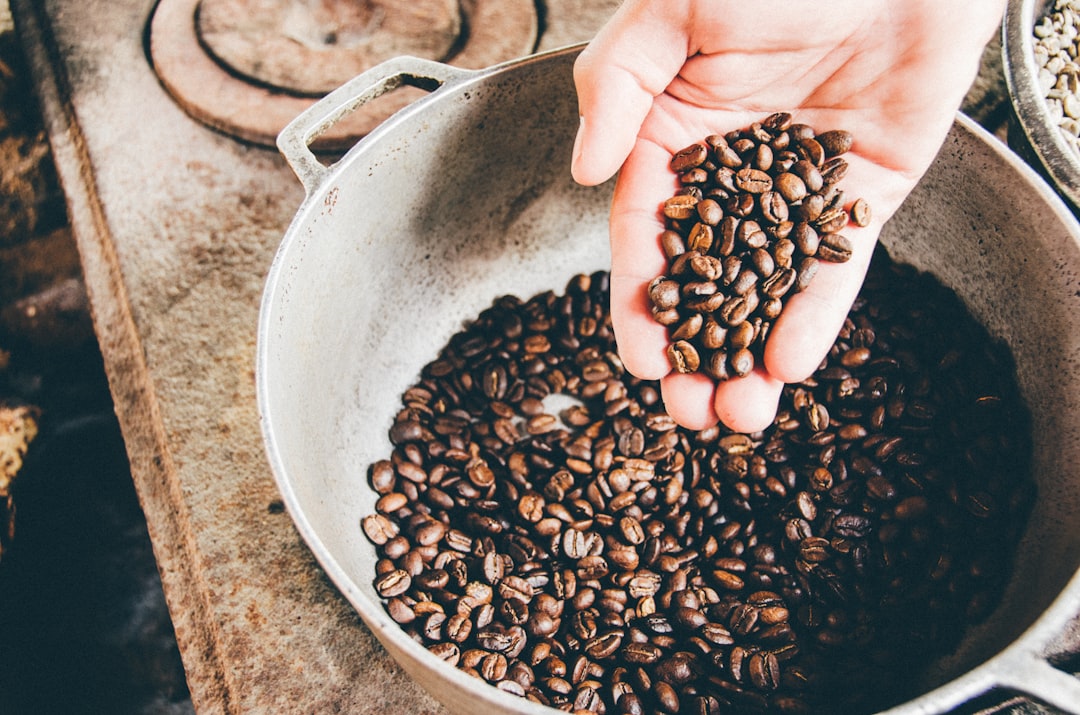
Best Decaf Coffee Beans: Top Picks & Buying Guide
Read More →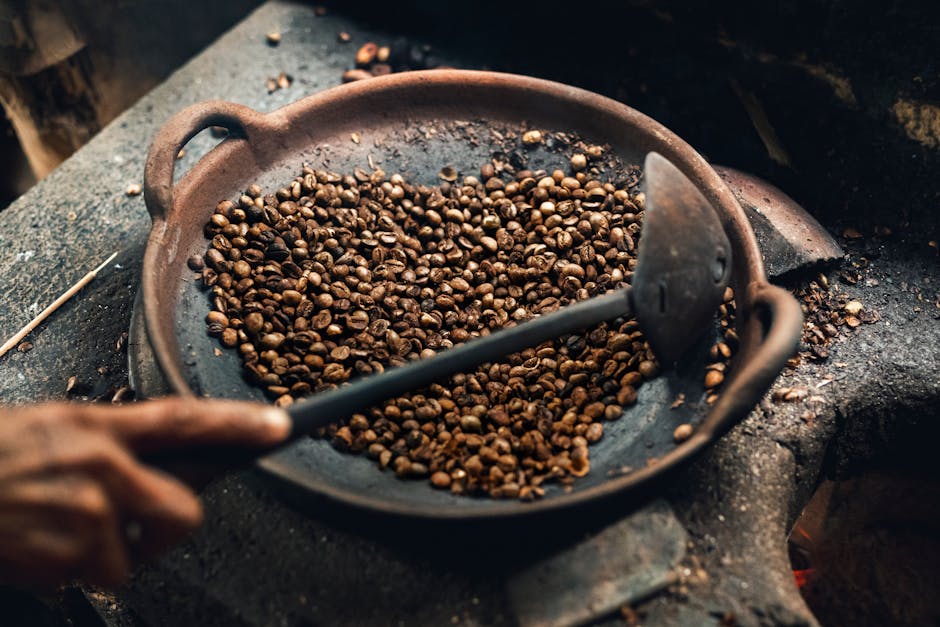
How to Store Coffee Beans for Maximum Freshness
Read More →